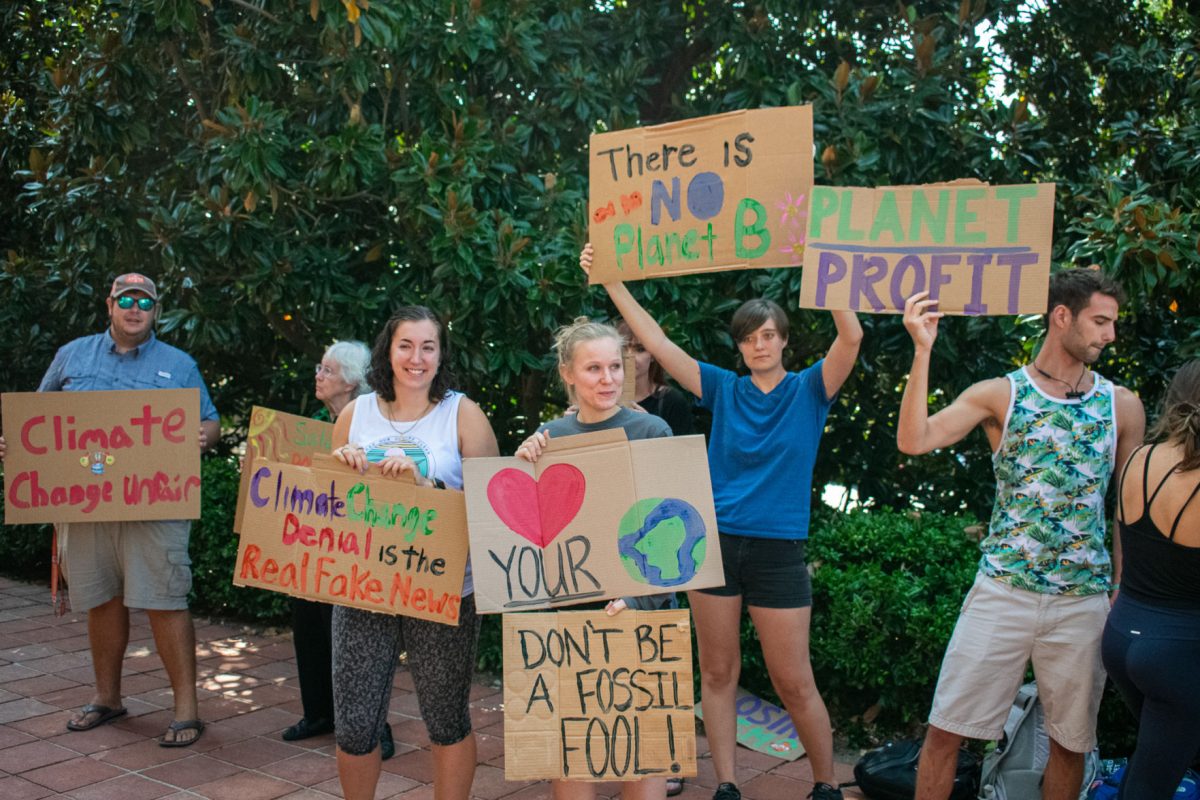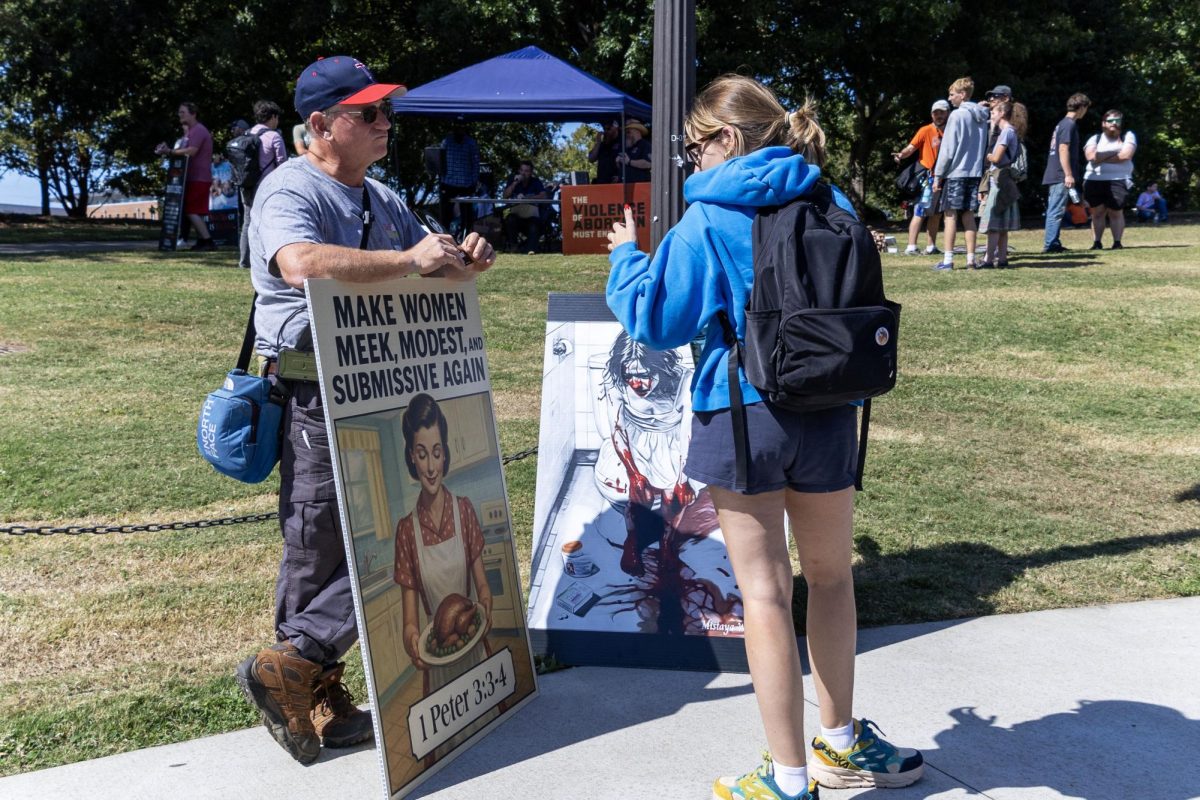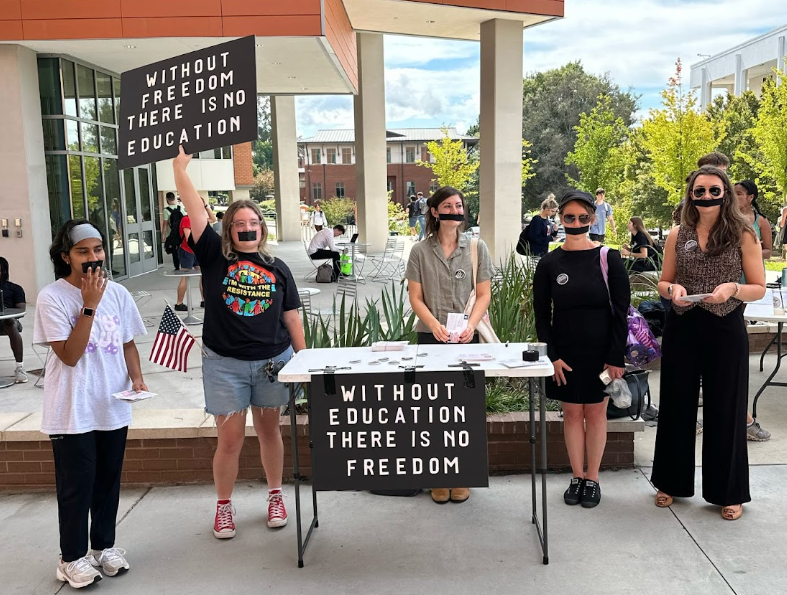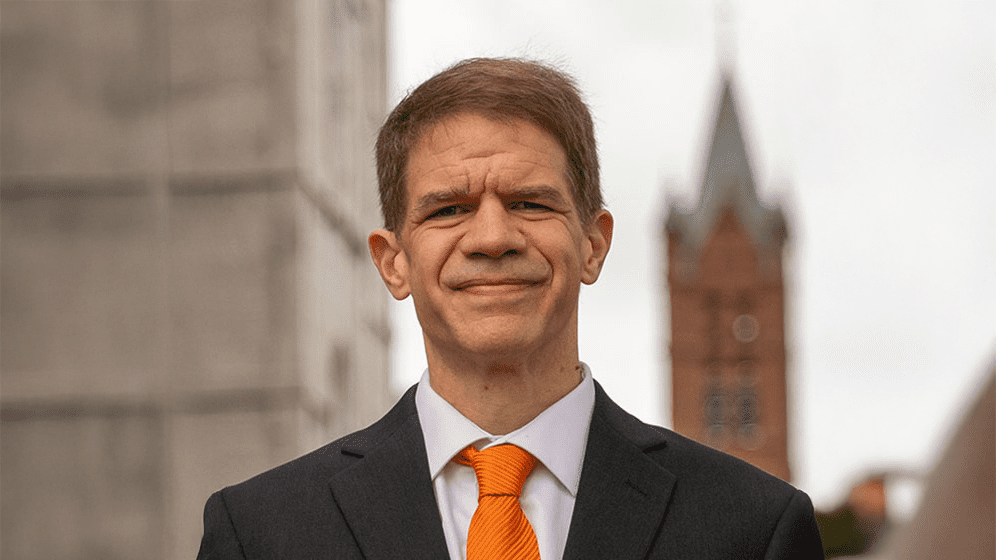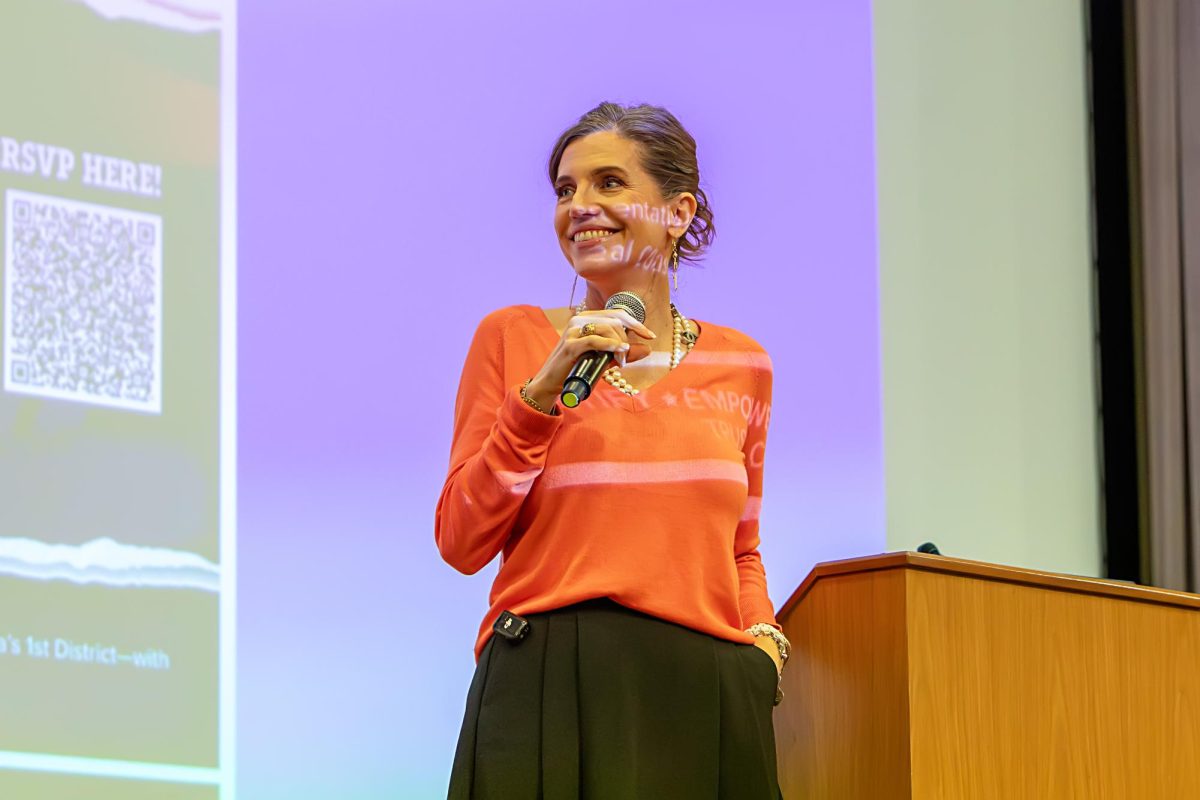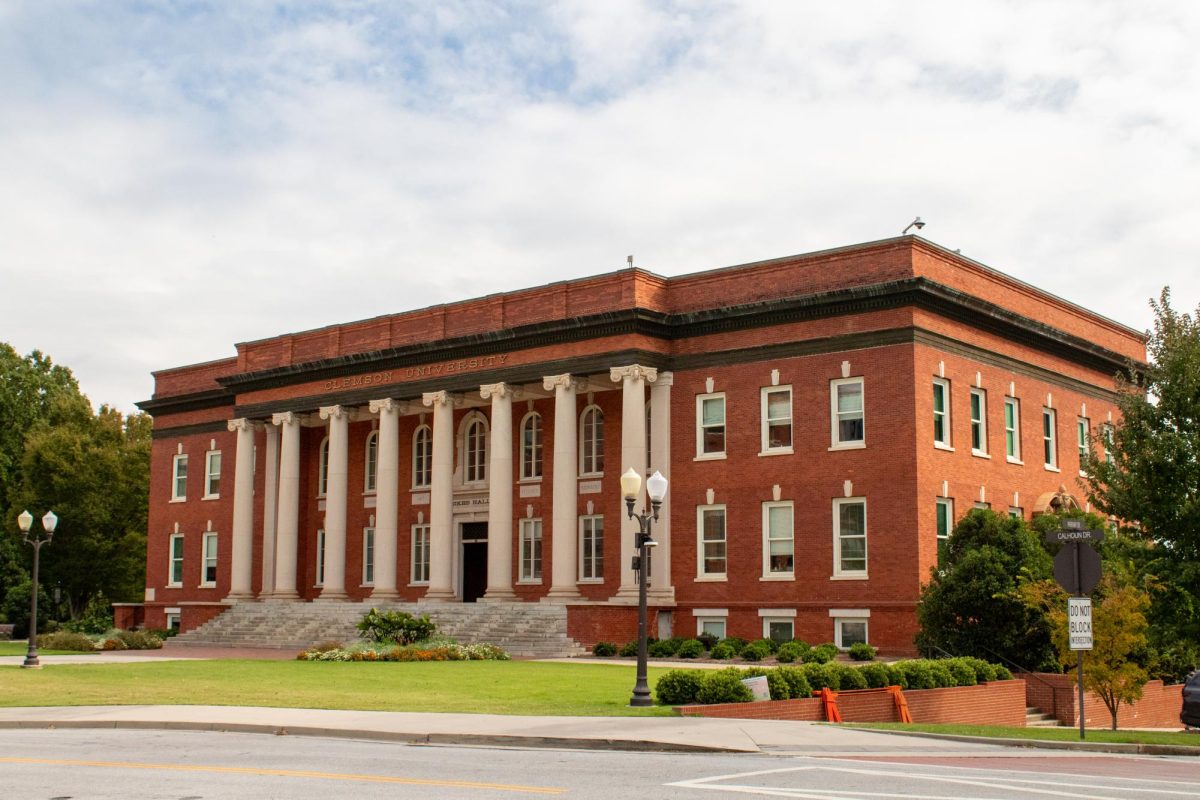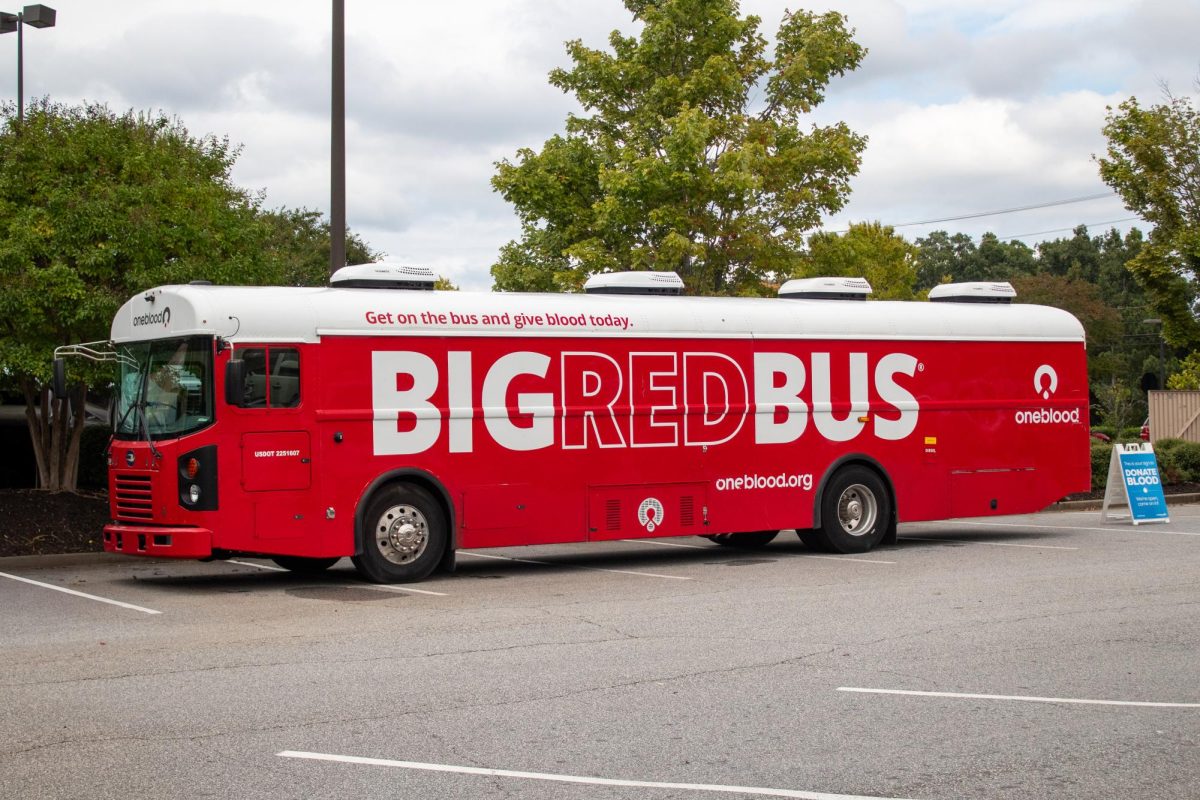It started, as most things do: with something small. Greta Thunberg, a 16-year-old climate activist from Sweden who has been skipping Friday classes since August, called for a climate strike on Friday, Sept. 20, and the world delivered.
From Germany to Uganda to New York, the strike, dubbed a “Friday for Future,” became a world-wide phenomenon. Students were walking out of schools, countless protests were crowding the streets and petitions were going viral. Clemson University was no exception.
On Monday, Sept. 16, a petition titled “Get Clemson to act on climate change!” was created on Change.org and began circulating through different social media platforms around the university. Summer Robinson, a junior marketing major and the president of the Solid Green Club, worked with Ronnie Clevenstine, a junior environmental and natural resources major; Cody Eimen, a junior biosystems engineering major; and a group of 10 to 15 others to create the petition.
“We first started [working on the petition] about three weeks ago,” Robinson said. A discussion at a sustainability commission meeting acted as the catalyst, though the petition had been in progress before then.
The end goal of the petition was for Clemson to “clearly and publicly recommit to and uphold the goal to be carbon neutral by 2030.” This petition referenced the Sustainability Action Plan that the President’s Commission submitted on Aug. 1, 2011.
The plan mentioned two pre-existing pledges of Clemson University. The first was to “reduce overall energy consumption 20 percent by the year 2020.” The second was “to increase energy sourcing from renewable resources by 10 percent by 2025.” However, the President’s Commission of 2011 then went on to set an even higher goal.
Clemson aimed to be carbon neutral by the year 2030. They reference the goal as “particularly ambitious and aggressive,” but the plan gave many action steps that would be taken to ensure the goal was reached. The university also committed to having sustainability be an “integral part” of students’ Clemson experience. Steps such as including sustainability in the Residential Experience Model (REM) and conducting lessons in CU 1000 have aided in achieving that goal.
However, eight years and a change in university presidents have apparently made people question if Clemson University will actually be a “Net Zero Campus” by 2030. Alongside the call for climate change that was happening all over the world, members of the Clemson community also put out the petition that would hold Clemson to its goal. The petition continues to circulate, and as of noon on Sept. 20, it had over 1700 signatures with an end goal of 5000.
A petition was not the only climate-related movement happening around Clemson, though. On Friday, Sept. 20, a group of students, faculty and community members tabled for climate action on Library Bridge. Positioned across from Daniel Hall from 9 a.m. to 2 p.m., they passed out QR codes to the petition and gave passersby the opportunity to sign it at the Solid Green sponsored table.
Sydney Huff, a freshman graphic communications major and Solid Green Club member, was working the table after learning about it through other club members.
“I just decided it was something I wanted to be a part of,” Huff said. “It doesn’t look like Clemson is going to meet their 2030 goal, and it looks like immediate action has to be taken, so that’s why we’re trying to draw attention to it.”
Also present were Clemson community members from the Citizens’ Climate Lobby (CCL). John Beckerle was one such member. He aided in passing out QR codes and urging people to sign the petition.
“[It] is important for everybody to be concerned about climate change,” Beckerle said. “Now is the time to call for action.”
The people tabling on the side of Library Bridge were then joined by students, faculty and staff members at noon for a picket protest. Students involved with the Solid Green Club, Tigers for Green Innovation, EcoReps and Biosystems Engineering were all present, as well as students with an interest in sustainability. Similar to the petition, the demonstration was advertised through social media platforms and the following image was circulated through many GroupMes leading up to Friday.
Michael Childress, a professor of biological sciences at Clemson, originated the idea of gathering people on Library Bridge. His aim, acting alongside that of the petition, was to have Clemson recommit to their 2030 goal.
“I think the 2011 plan was a good start,” Childress said. “But like all plans, if it doesn’t ever get implemented fully, then that’s where the issue is.”
Childress also believes that Clemson has not fully lived up to their other goal of making sustainability an integral part of a Clemson student’s education and experience.
“I think we can do a lot more,” Childress said. “I think it’s going to require individual faculty to take the initiative.”
Childress has already incorporated aspects of sustainability into his own biology lectures and believes that other faculty members should do the same. “It comes back to a common set of problems. We should be teaching sustainability and environmental issues across our curriculums,” Childress said.
While holding a colorful sign stating “make oceans cool again,” Childress also shared some lesser known information about global warming:
“93 percent of the heat that enters our atmosphere actually gets captured by the oceans,” Childress said. “It’s sort of out of sight, out of mind. We’re going to lose those ecosystems first…and most people don’t realize just how close we are to losing them.”
The demonstration eventually ended, but having a day dedicated climate change worldwide will leave a lasting impact. As for Clemson, the petition is still being signed at https://www.change.org/p/clemson-university-get-clemson-to-act-on-climate-change.
“I’ve said it before and I’ll say it again,” Robinson said. “The climate crisis is the single-most important issue that humanity has ever faced.”



